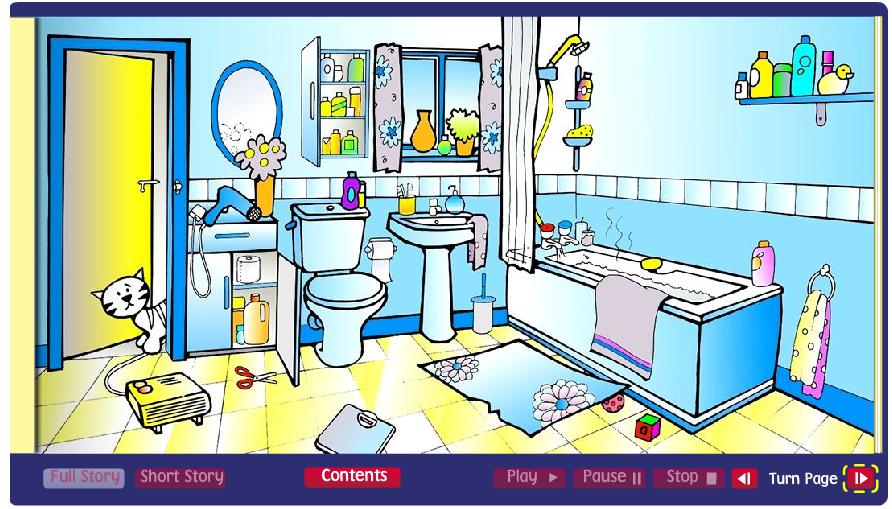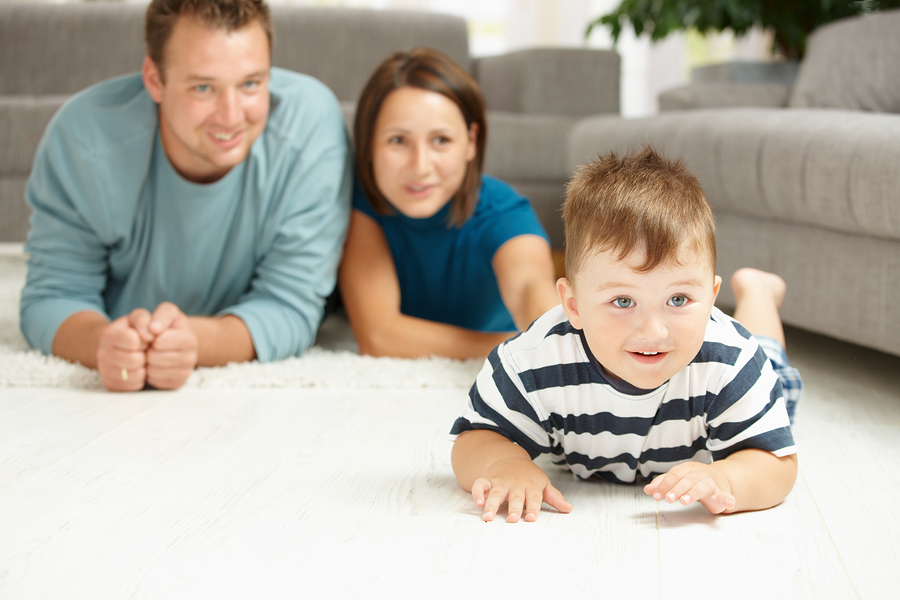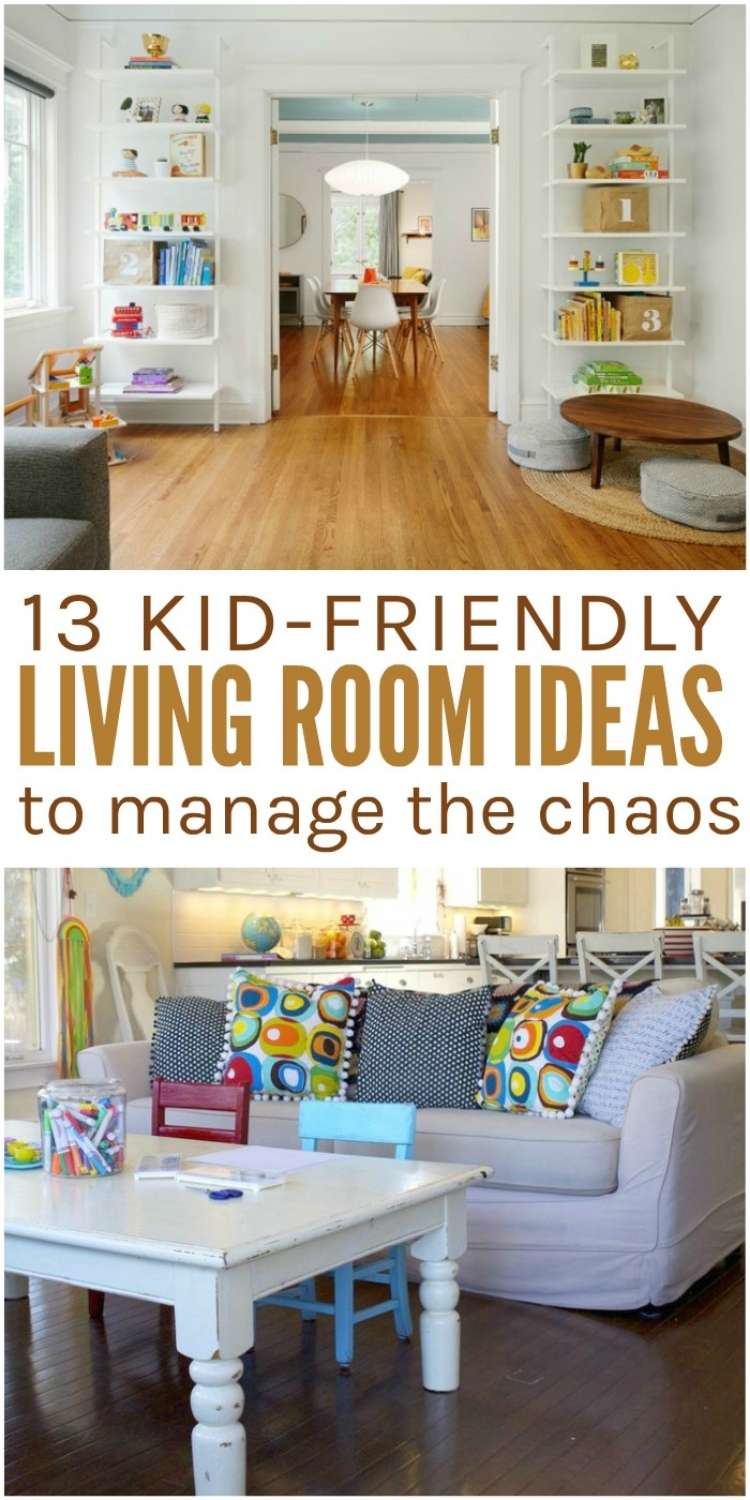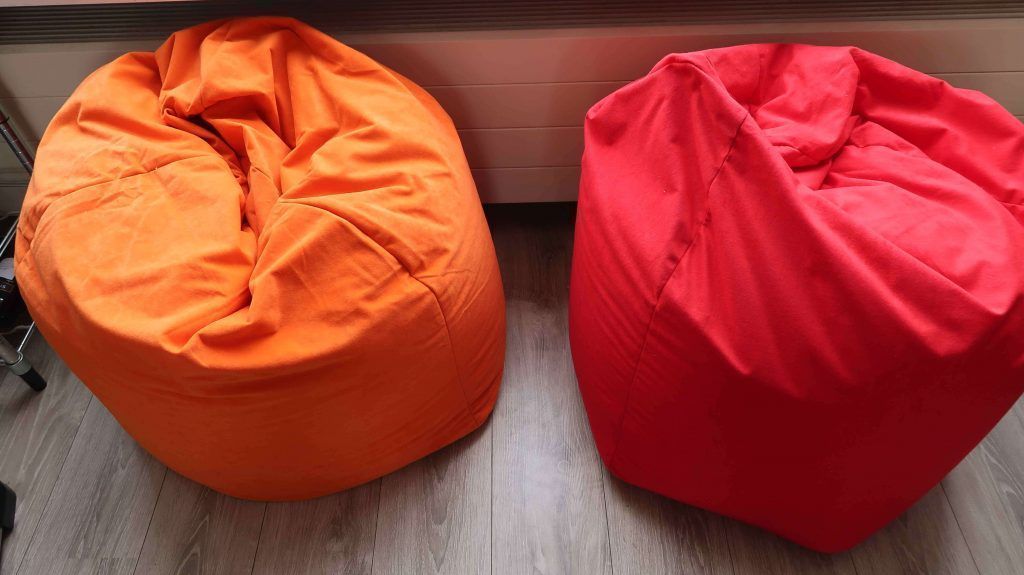As parents, nothing is more important than keeping our children safe. And one of the most important places to ensure their safety is in the living room, where they spend a lot of time playing, watching TV, and spending time with the family. Here are 10 tips to help you childproof your living room and create a safe and fun space for your little ones.Childproofing Your Living Room: Tips for a Safe and Fun Space
When it comes to childproofing your living room, it's important to think like a child. Get down on their level and look for potential hazards that may not be obvious to adults. Here are some essential steps to create a safe and kid-friendly living room.How to Create a Safe and Kid-Friendly Living Room
Childproofing your living room can seem overwhelming, but it doesn't have to be. With a little bit of planning and attention to detail, you can ensure that your living room is a safe and enjoyable space for your children. Here is a comprehensive guide to help you get started.Living Room Safety for Children: A Comprehensive Guide
There are some key items that you will need to childproof your living room. These include outlet covers, cabinet locks, and corner guards. Make sure to install these items before your child starts crawling or walking, as they can be quite curious and get into things quickly.Childproofing Essentials for Your Living Room
Aside from the standard childproofing essentials, there are other ways you can create a safe and secure living room for your kids. For example, consider investing in furniture anchors to prevent tip-overs and secure any loose rugs or mats to prevent slips and falls. Also, make sure to keep any toxic substances, such as cleaning supplies or medications, out of reach or locked away.Creating a Safe and Secure Living Room for Your Kids
When it comes to childproofing your living room, it's not just about the big items like furniture. Small decor items can also pose a danger to curious little hands. Make sure to secure any heavy or breakable items, such as vases or picture frames, and avoid using small objects that can be a choking hazard.Childproofing Furniture and Decor in Your Living Room
There are some common hazards in the living room that may not be immediately apparent. These include blind cords, lamps with exposed cords, and window treatments with long or dangling cords. Make sure to keep these items out of your child's reach or invest in cordless alternatives.Living Room Safety: Common Hazards and How to Avoid Them
Electrical outlets and cords are one of the biggest hazards in any home. Make sure to cover all outlets with safety plugs or outlet covers to prevent your child from sticking their fingers or objects into them. Also, keep cords out of sight and secure them with cord clips or ties to avoid any potential tripping or strangulation hazards.Childproofing Electrical Outlets and Cords in Your Living Room
Childproofing your living room doesn't mean sacrificing style or functionality. There are many ways you can design a kid-friendly living room that is both safe and aesthetically pleasing. Consider using soft, rounded edges on furniture, using washable and durable fabrics, and incorporating storage solutions to keep toys and other items organized.Designing a Kid-Friendly Living Room: Tips and Tricks
As your child grows and becomes more mobile, it's important to reassess and update your childproofing measures. Keep an eye out for any new hazards that your child may encounter, such as climbing on furniture or trying to open drawers and cabinets. Stay one step ahead by regularly inspecting your living room for potential dangers. In conclusion, childproofing your living room is essential for keeping your little ones safe while they play and explore. By following these tips and implementing the necessary measures, you can create a safe and fun space for your children to enjoy. Remember to regularly reassess and update as your child grows and develops to ensure their continued safety in the living room.Living Room Safety for Toddlers: How to Keep Your Little Ones Safe
How to Ensure Your Living Room is Safe for Children

Install Childproofing Devices
 One of the first steps in creating a safe living room for children is to install childproofing devices. These can include outlet covers, cabinet locks, and safety gates.
Childproofing
devices are specifically designed to prevent young children from accessing potentially hazardous areas or objects. It is important to
childproof
any areas of the living room that could pose a danger to children, such as electrical outlets, sharp corners, and cabinets containing cleaning supplies or other dangerous items.
One of the first steps in creating a safe living room for children is to install childproofing devices. These can include outlet covers, cabinet locks, and safety gates.
Childproofing
devices are specifically designed to prevent young children from accessing potentially hazardous areas or objects. It is important to
childproof
any areas of the living room that could pose a danger to children, such as electrical outlets, sharp corners, and cabinets containing cleaning supplies or other dangerous items.
Secure Furniture and Electronics
 Heavy furniture and electronics, such as televisions and bookcases, can be dangerous if they are not secured properly.
Anchor
these items to the walls to prevent them from tipping over and injuring children. Use
anti-tip
straps or mounts to secure televisions and make sure all cords and wires are tucked away to avoid tripping hazards.
Heavy furniture and electronics, such as televisions and bookcases, can be dangerous if they are not secured properly.
Anchor
these items to the walls to prevent them from tipping over and injuring children. Use
anti-tip
straps or mounts to secure televisions and make sure all cords and wires are tucked away to avoid tripping hazards.
Keep Small Objects Out of Reach
 Small objects, such as coins, buttons, and small toys or game pieces, can be choking hazards for young children. Make sure to
keep
these items out of reach and regularly check the living room for any small objects that may have been left behind. Be especially cautious with items that can easily fit into a child's mouth, nose, or ears.
Small objects, such as coins, buttons, and small toys or game pieces, can be choking hazards for young children. Make sure to
keep
these items out of reach and regularly check the living room for any small objects that may have been left behind. Be especially cautious with items that can easily fit into a child's mouth, nose, or ears.
Choose Safe and Durable Furniture
 When selecting furniture for your living room, keep safety in mind. Avoid furniture with sharp edges or glass components that could shatter.
Opt
for sturdy and durable furniture that can withstand the wear and tear of active children. Additionally, make sure any furniture that can be climbed on, such as bookcases or shelves, is securely anchored to the wall.
When selecting furniture for your living room, keep safety in mind. Avoid furniture with sharp edges or glass components that could shatter.
Opt
for sturdy and durable furniture that can withstand the wear and tear of active children. Additionally, make sure any furniture that can be climbed on, such as bookcases or shelves, is securely anchored to the wall.
Supervise and Teach Safety Rules
 No amount of
childproofing
can replace the importance of supervision and teaching children about safety rules. Make sure to closely monitor young children while they are in the living room and teach them about potential hazards and how to avoid them. This can include showing them how to properly use furniture, electronics, and other items in the living room.
No amount of
childproofing
can replace the importance of supervision and teaching children about safety rules. Make sure to closely monitor young children while they are in the living room and teach them about potential hazards and how to avoid them. This can include showing them how to properly use furniture, electronics, and other items in the living room.
In Conclusion
 Creating a safe living room for children is essential for their well-being and your peace of mind. By implementing these safety measures, you can help prevent accidents and injuries in the living room. Remember to regularly check for potential hazards and always supervise young children in this space.
Childproofing
and teaching safety rules can go a long way in ensuring a safe and enjoyable living room for children.
Creating a safe living room for children is essential for their well-being and your peace of mind. By implementing these safety measures, you can help prevent accidents and injuries in the living room. Remember to regularly check for potential hazards and always supervise young children in this space.
Childproofing
and teaching safety rules can go a long way in ensuring a safe and enjoyable living room for children.



























































































/safe-room-Gaffco-2108027-crop-58b0d8a75f9b5860461ddd8c.jpg)








